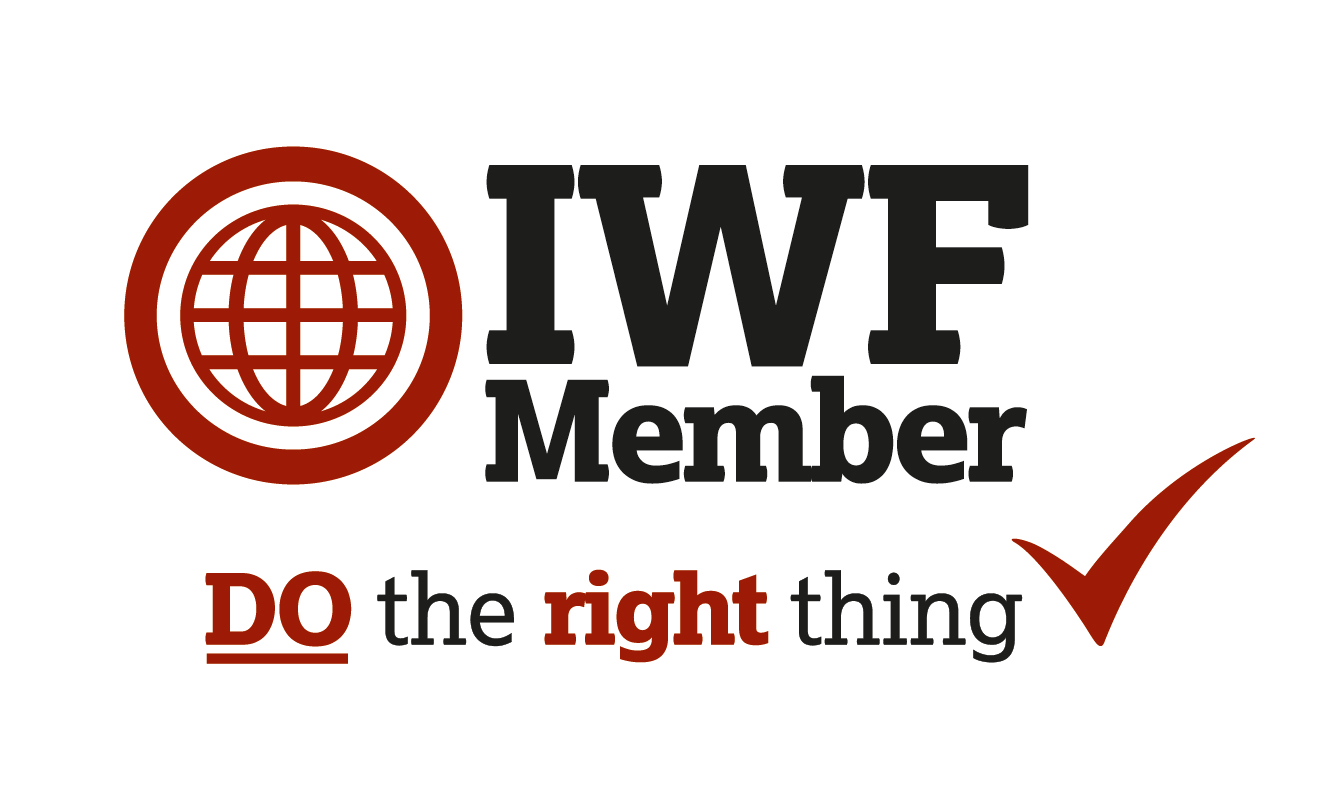Interested in using mindfulness in your class or school but not sure where to start

This is the first in a series of 3 blog posts that we will be publishing over the next three weeks on the topic of Mindfulness in school, huge thanks to Marissa Tighe a Specialist Teacher in Tower Hamlets Support For Learning Service (Language and Communication Team) and independent SEND Consultant offering training, supervision and parent support for her help and advice in putting these posts together
“Mindfulness is awareness that arises through paying attention, on purpose, in the present moment, non-judgementally,” Kabat-Zinn creator of the research-backed stress-reduction program Mindfulness-Based Stress Reduction (MBSR).
There are three essential aspects to mindfulness practice:
- Connection – training the mind to settle and focus, using the breath and body as an anchor
- Curiosity – developing interest in experience and a willingness to investigate experience
- Care – developing a spirit of non-judgemental ‘friendliness’ towards self and experience
Marissa recommends experiencing some mindfulness activities yourself before trying them in a classroom.
There are many books that guide you through a mindfulness program but I have to say there is nothing better than the first-hand experience and dialogue you get from attending a group mindfulness course over a period of time! But do your research and ask the teacher questions before signing up to a course. I have attended many courses and can assure you that receiving guidance from someone who has fully integrated mindfulness practises into their daily life over time, feels very different than from someone who has taken the short route to teaching mindfulness as a business
There are many good free apps available and so much to explore on the internet. Many people start with downloading the app ‘Headspace’which often has special offers on subscriptions to the full package and there are many good Headspace you tube clips to watch too – the video below looks at getting started with headspace.
The video guides have some great cartoons and is a good introduction to stress and anxiety reduction through mindfulness techniques, including one looking at Meditation for children:
You can check out all the videos on the Headspace Youtube channel
A personal favourite App of mine is called Insight Timer. It has over 15,000 free meditations from 3,000 teachers worldwide to choose from. It also has talks and courses led by the world’s top experts in neuroscience, psychology and universities, featuring both male and female voices.
Choosing a meditation led by someone whose voice you like the sound of is very important as a voice may irritate one person and not another which is one distraction you can do without. The app called CALM has meditations too but is great for those who find sleep challenging and I love the sound of Stephen Fry’s voice on there that guides you through a slow, dreamy, sleep story using visualisation techniques which makes me nod off in minutes.
They have recently launched The Calm Schools Initiative. They are offering every teacher in the world free access to Calm, the mindfulness app that hundreds of thousands of people all over the world use everyday. Their aim is to empower teachers with mindfulness tools and resources they can use to help kids learn this new skill.
Under this initiative, any teacher with a K-12 classroom, anywhere in the world, can get free access to Calm’s paid subscription service (available on Android, iOS and the web). Teachers will have unlimited access to our growing library of guided meditations and mindfulness exercises, including Calm Kids, their programs tailored for age groups from pre-K through high school. Over the coming year, they will be steadily adding to the Calm Kids library, equipping teachers with an ever-expanding supply of content crafted for the unique needs of their students. Their goal is to onboard 100,000 classrooms this year, improving the lives of over 1 million children.
If you’re a teacher, just take 30 seconds to fill out the simple form, and you’ll be approved for The Calm Schools Initiative within a few days. Once you’re approved, they’ll send you some on-boarding resources to help you get started. They will also share tips, suggestions, and best practices to introduce mindfulness to your classroom and get your students excited about meditation.
There are a range of books on the topic but two that Marissa recommends are:
It is an easy-to-follow, evidence based 8 week mindfulness program training ourselves to respond differently to depression, stress and anxiety in a more skilful way using mindfulness based cognitive therapy (MBCT) techniques. It includes a CD rom with guided mindfulness practices.
This is an eight week guide to learn and practise on your own with links to online meditation tracks.
There are also a range of fun and light hearted mindfulness activities that you can try with young children to get started.
Cosmic Kids Zen Den is a good place to start. A fun series about mindfulness for kids aged 5+. Jaime makes mindfulness relevant for kids, helping them develop awareness of their emotions and sharing techniques for self-regulation. From the makers of Cosmic Kids Yoga, written and starring Jaime.
For introductory information and to find a local, introductory course (or one online) Marissa recommends either:
- Centre for Mindful Research and Practice Bangor University https://www.mindfulnessteachersuk.org.uk/uk-listing/
- The NHS recommends – https://bemindful.co.uk/
- The London Buddhist Centre http://www.breathingspaceinschools.co.uk/what-we-do/
The next post will focus on how the words we use can make a difference to delivering a mindfulness session in class. If you have used mindfulness in school and have other resources/videos/books that would be useful in class then please let us know

